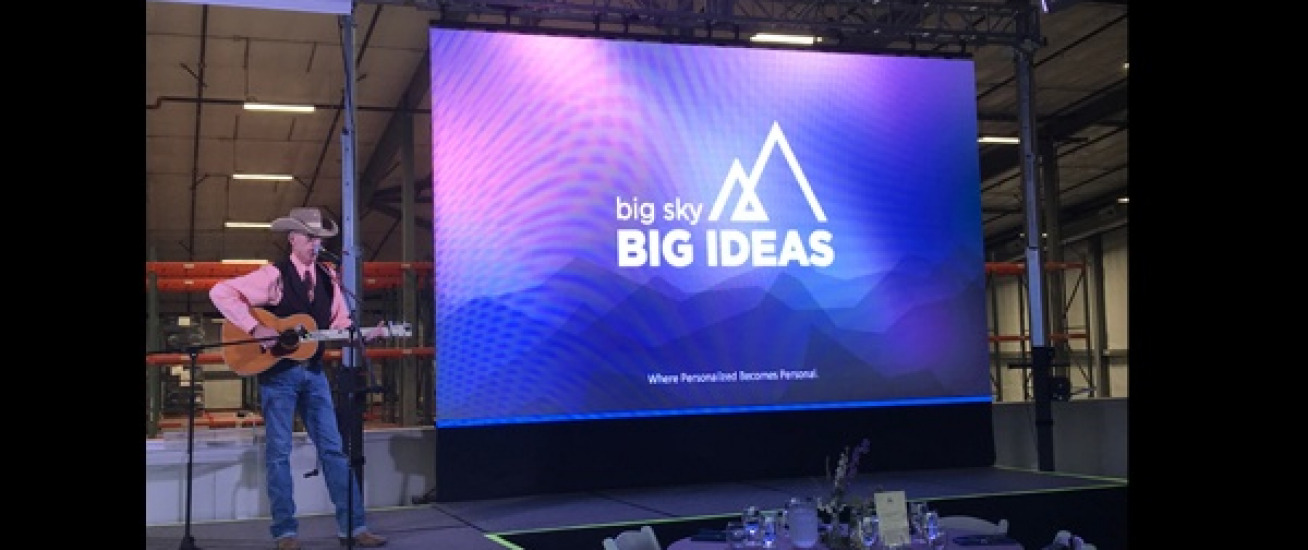A Comprehensive Analysis of Various Light Emitting Diode Video Wall Techniques and Their Uses
A Comprehensive Analysis of Various Light Emitting Diode Video Wall Techniques and Their Uses
Blog Article
LED display screens are increasingly popular across different settings, such as music events, sports events, and business meetings. These large large displays are made up of many individual Light Emitting Diode panels that function collectively to create a single cohesive visual. Various multiple types of LED video screen solutions on the market, each with its unique features and benefits. Understanding these options can assist companies as well as entities select the appropriate option for their specific needs.
A common kind of Light Emitting Diode video screen technology is the direct view Light Emitting Diode. Such technology uses separate Light Emitting Diode modules which are arranged closely together to create a big screen. Direct view Light Emitting Diode screens are known for their high luminosity as well as vibrant colors, which makes them perfect for outdoor activities or well-lit illuminated environments. They also have a broad sight angle, which indicating that viewers can see the display clearly at various locations. Such makes direct view Light Emitting Diode screens a popular choice for stadiums as well as external festivals.
Another type of Light Emitting Diode video wall technology is the LED illuminated Liquid Crystal Display. This technology merges conventional Liquid Crystal Display screens with LED illumination for improved brightness as well as color accuracy. LED-backlit Liquid Crystal Displays are commonly utilized in indoor settings, such as retail centers and conference rooms. These displays provide superior visual quality and are generally more cost-effective than directly viewed Light Emitting Diode screens. However, they may not perform as effectively in well-lit environments, since the backlighting can sometimes wash out the hues.
Another thirdly option is the OLED video wall. Organic Light Emitting Diode solution offers important source exceptional differentiation and color depth in relation to alternative kinds of screens. Every dot in an OLED screen emits its own light, allowing for true blacks as well as lively colors. Such renders Organic Light Emitting Diode video walls particularly appealing for applications that require high-quality visuals, such as art galleries and luxury retail stores. However, Organic Light Emitting Diode solution can be costlier costly while may often be as luminous as directly viewed Light Emitting Diode screens, rendering it not appropriate for external applications.
In addition to these technologies, various additionally multiple applications for LED video screens. These displays can be used for advertising, entertainment, as well as data presentation. For example, businesses often utilize Light Emitting Diode video walls for digital advertising to draw in customers and promote products. Within amusement, these displays enhance the visual experience at music events as well as events, providing lively backdrops and engaging images. Within corporate settings, Light Emitting Diode display screens can be used for presentations, visual meetings, and training programs, aiding to convey information through a aesthetically appealing way.
To summarize, Light Emitting Diode video walls come in various types, each with its unique benefits and uses. Directly viewed LED walls are ideal for outdoor use, whereas LED illuminated Liquid Crystal Displays are more appropriate for interior environments. OLED display walls offer exceptional visual clarity but may be at a greater cost. Grasping the differences differences can assist entities make knowledgeable choices about which kind of Light Emitting Diode video screen best meets their requirements, whether for advertising, amusement, or business applications.